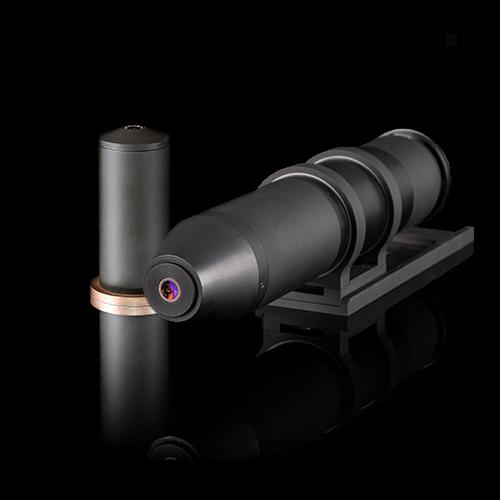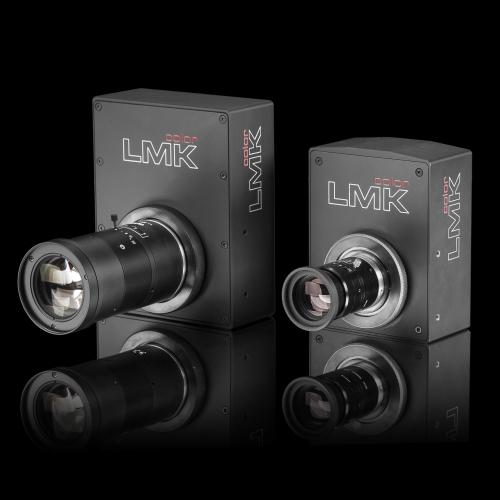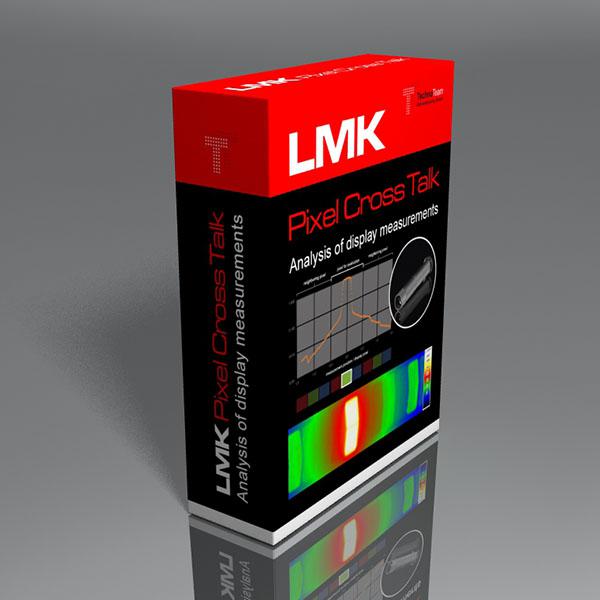Specifc imaging and measuring conditions for NED metrology
Near-Eye-Display (AR/VR/MR)

Near-eye displays (NEDs) are becoming increasingly important both as consumer products for the real and virtual worlds but also in the metaverse. This applies to augmented reality (AR), virtual reality (VR) as well as mixed reality (MR) near-eye displays. They usually consist of a small display unit, e.g. a microdisplay or lasers, and an (imaging) optical system. This generates a virtual image that can be viewed by the person wearing the NED system. Nevertheless, the comparatively young technology faces several challenges. These include avoiding fatigue or dizziness (e.g., triggered by the vergence-accommodation conflict) while improving image quality regarding field of view, luminance, contrast, resolution, and so on. Quantifying eye box properties, such as their location or size and the transmission properties of AR devices, are also relevant. This all applies to both the monocular and binocular viewing cases, where all these properties interact through the right and left eyes.
Challenges in NED Metrology
The challenge in photometry for NEDs is that the measurement device, e.g., the luminance camera, must mimic the geometric situation of the human eye - placed in the NED system - to a certain degree. The relevant aspects are:

- The eye, or the entrance pupil of the eye, is located within the eye box, which is usually close to the last physical surface of the NED (typically about 25 mm).
- The pupil diameter of the human eye - depending on the adaptation state - is between 2 mm and 5 mm wide (i.e., the entire eye box can also be in this range)
- The center of rotation of the eye is about 10 mm behind the entrance pupil, which changes the position of the pupil relative to the optical axis during eye rotation, especially at large rotation angles
These aspects are normally irrelevant for photometric measurement applications, either because there are no virtual images or because the virtual images have a much larger "eye box" (e.g., head-up displays). However, measurement devices or luminance cameras for NED systems have to consider these aspects since they have to be used with virtual images with a small eye box and with their entrance pupil at the eye position, i.e., at a very short measurement distance to the NEDs.
Our solution
Besides our conoscopic lenses, which can be used for pupil rotation-based (the center of rotation is in the entrance pupil) homogeneity evaluations with a large field of view, TechnoTeams NED lenses are designed with the entrance pupil on the outside, i.e. in front of the lens. This allows alignment in the eye box without the lens colliding with the NED system. The lenses have either a small entrance pupil by design or can be equipped with exchangeable customizable individually calibrated apertures to mimic several different adaptation and focus states of the human eye. The NED lenses have various calibrated focus options to cover different focus states.
The NED lenses are available in different focal lengths to choose between wide field of view applications (e,g, uniformity evaluation for VR) and high-resolution applications (screen door effect of VR, or MTF evaluation of NEDs in general). All of TechnoTeams display add-ons, such as BlackMURA or Display Resolution, can also be used.
Furthermore, the compact and lightweight design of the LMK cameras allows simple integration into mechanical systems that allow rotation around the eye's true center of rotation (center of rotation is 10 mm behind the entrance pupil). Examples include goniometers, mechanical stages, tripod robots and industrial robots such as our LMK Position.
To learn more about our related products and aspects of NED lens design, please click on the related products and publications.

Physical principle of interaction between focal length and angular resolution at different field of views for different image sensor sizes (𝒑’=𝟑.𝟒𝟓 μ𝒎)



